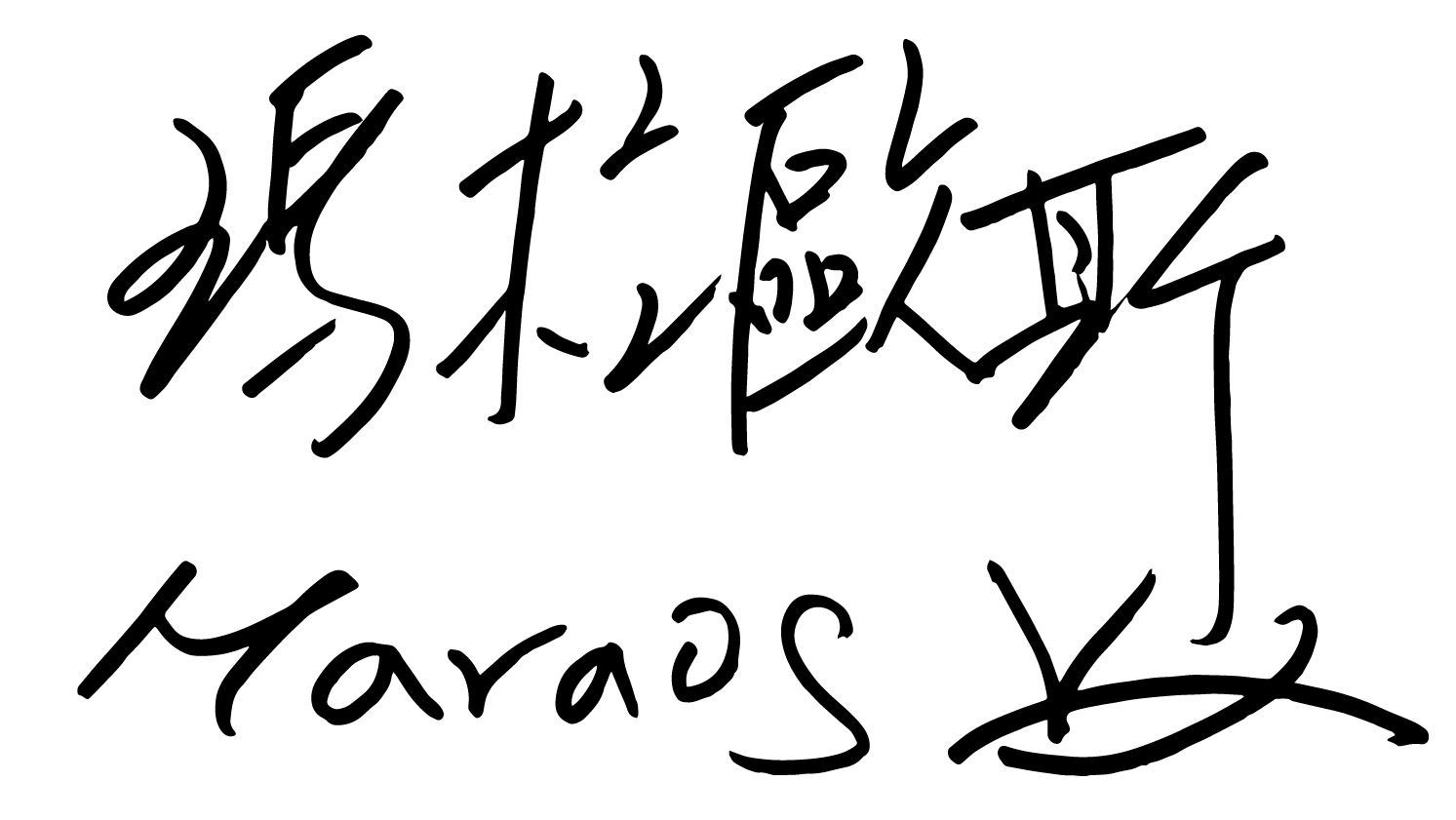oizezyak no tao am, makdeng a panovilan, makman so pikaryagen o lima, a mimamayo a anood a karyag no tao do Pongso. o aingan no mikaryag a mianoanood am, kaloalovotan da no malalavayo a tao, amia sira do makarang a mikaryag. todangay no ka1980 a awan, mamareng rana sira o seyvo do kacian so inicik a vahay no tao am, abo rana o kaloalovotan no tao a pikaryagan da, tomazestes rana mabalinas o mikaryag do icicirawat no tao do Pongso.
no pisinawolin o aingag no izezyak am, mapongkad o pakamizingay da sia no yancomin, pakamizingen da o izezyak no maoran do kakahasan, aka no izezyak no tao ya. o anood no yancomin am, panozayan da o izezyak no tao, ta mapengkad o cirecireng; do pangaktoktowan no yacomin am, ngongyod a panovilan o izezyak.
macitolang o anood a raraod aka no makakaday a vatvatek do izezyak am, mikataretarek. tomacilolo o kapia no onowned do izezyak ya,o pazyazyaken am pacinadnadan no izezyak. o pamarengan so kanen aka no pisinmoan aka no mawakwak o tao am, o izezyak no tao am, akman so raralayan no sinokob no angit.
o kaman rarakehan am, ipamizen da so tao o nipapo da anood, do kalovolovotan no tao, a pacilovotan no ganam, o ji manginanahet no topotopos a tao am, pacinanawan takamo o vazay da. o malalavayo a tao siciyakwaya am, da patoongen o anood a da kapinenenet a ya mianoanood, ya pia da pangozayan no tao so anood, oya am, akmey da nipatanek a vayo a vavatas no tao siciakwa ya.
mikataretarek o anood no pikaitetngehan no tao, inawey no mowyat sira mapapo so anood a kapacinanao da do kamanrarakehan no malalavayo a tao, ta o anood no kakowa pa am, ta da jia patoong do zajio o anood norarakeh, no pangozayan da no malalavayo aka palovot da so pangaktoktowan da am, teyapia ori a piamoamood no makdeng a nimapo do ineynapo no kakwa a anood.
For indigenous peoples, sound is an important vehicle to convey messages. karyag (a Tao musical get-together for rhythmic clapping and singing) is one such example, an event that was originally held to encourage single youths to meet. Participants sat around a working area, rhythmically clapping and singing a back-and-forth conversation to show off their vocal and lyrical skills. When the government constructed a large number of concrete buildings in the 1980s, these performance areas disappeared and karyag gradually fell into decline.
Getting back to the essence of sound, it’s with keen ears and careful attention that indigenous peoples listen for natural sounds and the tone of each person’s voice and speech. Our music sensibility relies heavily on the human voice, stressing its pureness. For indigenous peoples, sound is the most real existence. The meanings of ancient folk song tunes and rhymes are very different from symbols and texts. The human voice reveals real emotions and true meanings; instruments were invented partly to accompany the human voice. At rituals, weddings, or funerals, these voices are a form of conversation with the heavens and the earth, an expression of sincerity and solemnity.
Previous generations emphasized shared collective music, sharing creations at rituals, or reimagining common melodies in performance. This spirit of sharing and collectiveness is worthy of our continued pursuit. The new generation of musical creators have, through record deals and music competitions, helped direct indigenous music to a more systematic development path and paved the way for new directions.
Each ethnic group has a different musical essence. We hope that the new generation will be able to focus their efforts into collecting and recording traditional music. It can be difficult for the older generation of singers to record their ancient ballads for release, but if young people can incorporate traditional musical elements in their creations, a great benefit will be seen in the preservation and sustainability of indigenous music.
Panirsirngen do yanbonkay
Chairman of the Indigenous Peoples Cultural Foundation





